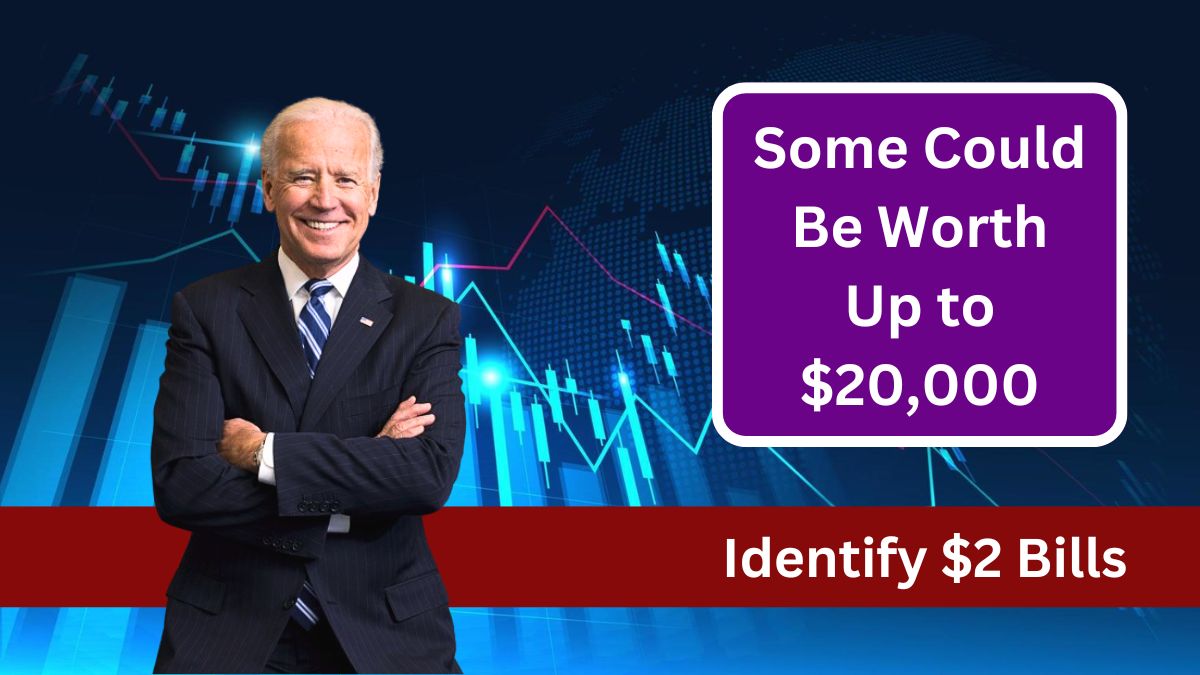While most U.S. currency holds only face value, certain $2 bills can be worth far more, sometimes fetching up to $20,000. These rare bills have specific characteristics that drive their value, including unique serial numbers, print dates, and overall condition. Here’s how to determine if your $2 bill might be a hidden treasure.
Unique Serial Numbers
The serial number on a $2 bill is one of the most critical factors in determining its worth. Found on both the left and right sides of the bill, these numbers often come with a prefix letter that can add to the bill’s value. Certain serial patterns are highly sought after:
- Solid Numbers: A serial number that’s entirely the same digit, like 88888888.
- Ladder Numbers: Serial numbers that follow a sequential pattern, such as 12345678.
- Low Serial Numbers: Numbers beginning with several zeroes, such as 00000001, are especially prized.
- Repeater Numbers: Serial numbers with repeated patterns, such as 45454545.
Collectors value these unique patterns because of their rarity, with some serial numbers—like a serial number “1” on a 1976 $2 bill—fetching $20,000 or more due to their uniqueness.
Historical Significance
Antiquity plays a significant role in a bill’s value. According to Dustin Johnston of Heritage Auctions, currency from before the 1920s is often valued far above its face amount. Bills from this era are increasingly rare, with fewer in circulation, and their age makes them highly desirable among collectors.
Print Quantities
The rarity of a bill is also determined by how many were printed and how many still exist. Bills printed in limited quantities or with fewer remaining in circulation are often worth more. For example, a rare 1976 $2 bill that was kept uncirculated may attract high offers, as these bills become harder to find in pristine condition.
Condition of the Bill
The condition or grade of a $2 bill is crucial for determining its value. Bills in uncirculated or mint condition, which are free from creases or damage, hold higher value. Those carefully stored in protective cases to preserve quality—known as encapsulated bills—are especially valued by collectors. A bill with even slight wear or creases may have a significantly lower value than one in mint condition.
Value in Currency Collecting
According to US First Exchange, a bill’s value can be classified into four distinct types, each important for collectors and sellers:
- Catalog Value: The general market price at which most people might sell a bill.
- Purchase Price: The amount a dealer would typically pay for the bill.
- Retail Value: The price a dealer would sell the bill to a buyer.
- Wholesale Value: The price used by dealers when trading currency with each other.
These values fluctuate based on rarity, condition, and current demand. When demand for a certain type of bill or pattern increases, its retail value typically rises accordingly.
Valuable $2 Bills
| Feature | Example Serial Number | Estimated Value |
|---|---|---|
| Solid Number | 88888888 | Up to $20,000 |
| Ladder Number | 12345678 | Up to $15,000 |
| Low Serial Number | 00000001 | Over $10,000 |
| Repeater Number | 45454545 | Up to $8,000 |
| 1976 $2 Bill Serial “1” | 1976 & Serial No. 1 | Over $20,000 |
If you have a $2 bill with one of these unique characteristics, you might own a piece of currency worth thousands. From distinct serial numbers to a bill’s age and condition, these factors can transform an ordinary $2 bill into a sought-after collector’s item. Whether for historical significance, rarity, or unique design, rare $2 bills hold a special place in numismatics, offering both financial value and a glimpse into the past.
FAQs
What serial numbers make a $2 bill valuable?
Serial patterns like solid numbers (88888888), ladders (12345678), and low serial numbers (00000001) add significant value.
How old does a $2 bill need to be to be valuable?
Bills from before the 1920s are often highly valued for their rarity.
Does the condition of a $2 bill affect its value?
Yes, uncirculated or mint-condition bills are worth much more than worn bills.
What is the value of a 1976 $2 bill with serial number “1”?
Such bills can be worth $20,000 or more due to their rarity.
How can I protect a valuable $2 bill?
Encapsulate it in a protective case to preserve its condition and maintain its value.











